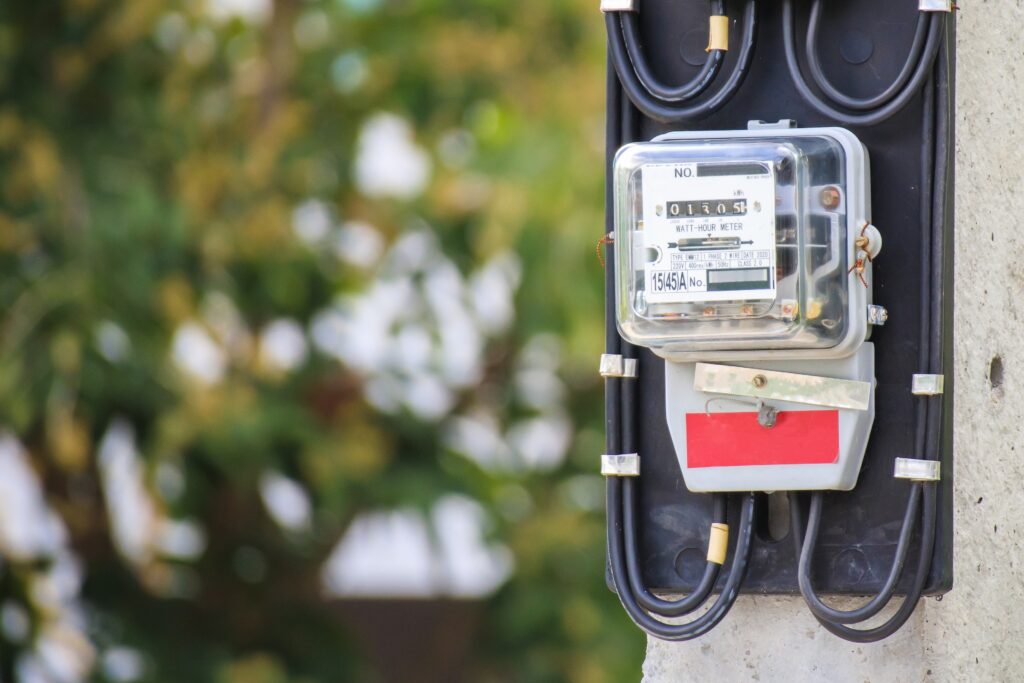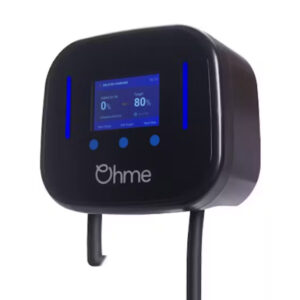Charging your car consumes a significant amount of electricity. Whether you are using your home electric charge point for a few hours during the day or overnight, this leaves less electricity available to share amongst the other properties on your looped supply. Ultimately, this will lead to a shortage of electricity for those properties.
What is a looped system?
This system assumes that different households, whilst connected, have different demands on the electricity supply at different times of the day, allowing the electricity load to be shared amongst two or more households. For example, whilst one household is out, another may be charging devices or watching TV.
How do I know if my property is on a looped system?
Your property is more likely to be on a looped system if it is an older semi-detached building or terraced. The first place to look is your electric meter and the most common sign that you are on a looped supply, is if you can see 2 service cables going into the meter.
What do I need to do if I discover that my property is on a looped supply?
This will also apply to the other property or properties with which you share your electricity supply.
At Evolution Solutions we advise and guide our customers through this process. This begins with a survey of your property by one of our approved installers. If the survey identifies that your property is on a looped supply, we will help you to start the unlooping process and apply for your property to be unlooped on your behalf.
What is the unlooping process?
Put simply, it involves disconnecting each electricity meter connected to the shared loop so that no neighbour’s electricity supply is shared from one house to another. This ensures that each house is fed from the mains cable and separately connecting your meter to the supply cable.
Will there be any disruption to my property during the unlooping process?
Re-routing each meter connected to the same loop does mean that there is likely to be some excavation work done on one property. This depends on which property has the main connection and which property has the secondary connection. We always advise our customers that this might include external cable work, building work or gardens being dug up. Whilst this may sound daunting, the unlooping service is provided by your network operator and is always carried out as efficiently, and with the least amount of disruption, as possible. Guiding our customers through this information ensures a transparent and collaborative process.
Thinking about buying a home electric charge point?
Contact our knowledgable, friendly sales advisers today for a free, no obligation quote on 0330 135 9990
Use our FREE product finder here: https://www.evolutionsolutions.co.uk/find-your-charger/
Don’t have time to discuss your home charging needs right now? Leave your details here https://www.evolutionsolutions.co.uk/contact/ and one of our advisers will call you at a time that’s convenient for you.


